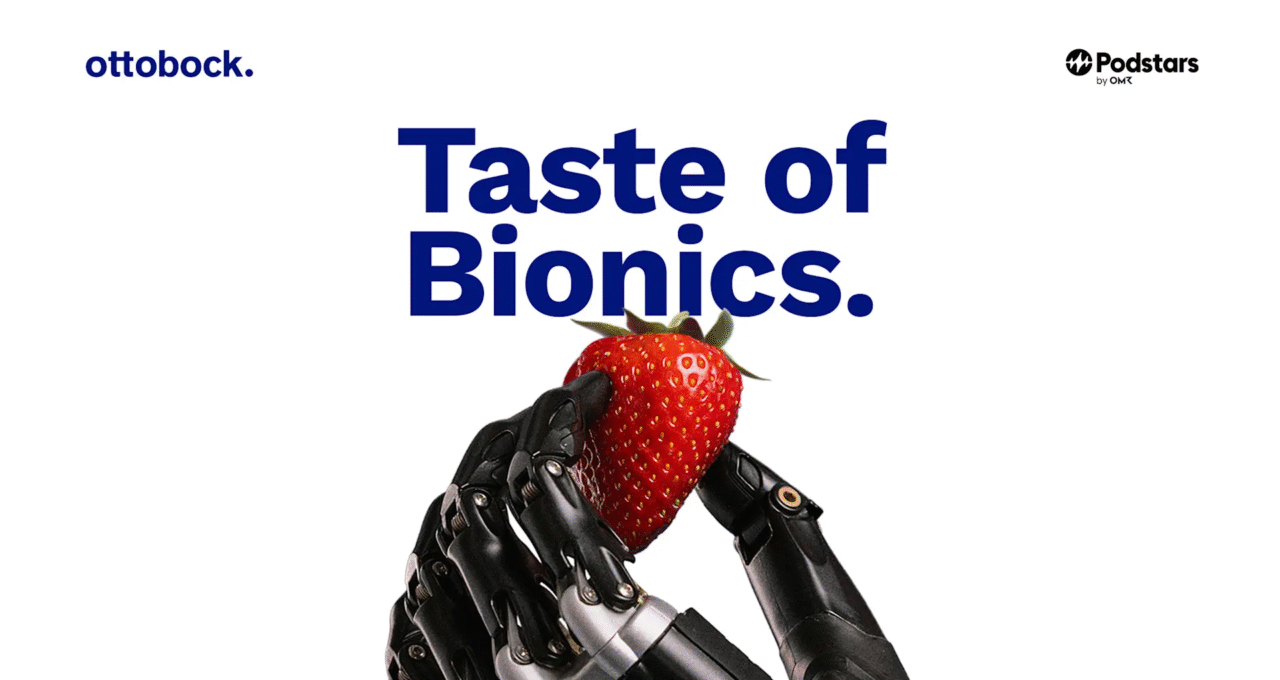
Friday, June 6, 2025
Pharma SEO in 2025: Trust, Relevance, and User Focus at the Core
Health is a matter of trust—especially online. In hardly any other industry is trust as crucial as in healthcare. Around 80% of internet users in Germany search for information about illnesses and treatments, according to the study “Praxis Dr. Internet.” What stands out: many users hope to avoid a visit to the doctor altogether by finding answers online. This puts pharmaceutical companies in a dual position: they must provide credible information online while also meeting increasingly strict SEO standards.
Symptoms, diagnoses, products – what people are really searching for
A look at user behavior reveals the enormous potential of pharmaceutical SEO. The study “The Digital Journey to Wellness” by Google and Compete found out that: 38% of search queries are about symptoms, 37% about diagnoses, and 19% directly about products. This last category, in particular, has high transactional relevance. Companies that appear with targeted landing pages at this stage can gain a significant competitive edge.
YMYL & E-E-A-T: Quality determines visibility
Health-related content falls under Google’s “Your Money or Your Life” (YMYL) category, meaning it is subject to stricter evaluation by Quality Raters. These evaluators assess pages based on E-E-A-T criteria (Experience, Expertise, Authoritativeness, Trustworthiness). For pharma companies, this means your content must be created or at least reviewed by recognized professionals – ideally physicians or scientists with public credentials.
But what exactly does E-E-A-T mean?
- Experience: Content should reflect real-world experiences, either from actual users or medical professionals – such as case studies or firsthand reports.
- Expertise: Authors should have verifiable qualifications in their field. In pharma content, this often means a background in medicine, pharmacy, or science.
- Authoritativeness: The website itself should be recognized as a leader in its field – through mentions in industry media, citations in research publications, or collaborations with academic institutions.
- Trustworthiness: Security features like SSL encryption, transparent authorship, and clear privacy policies build trust – both with users and with Google.
Only those who meet all four E-E-A-T criteria stand a long-term chance of ranking in the competitive health search landscape.
Mobile First: No longer optional
As of 2025, mobile-first SEO is no longer a forward-looking option – it’s the standard. A majority of users – including healthcare professionals – access information via mobile devices. Fast load times, intuitive navigation, and mobile features like click-to-call are essential. Those who fail to meet these standards risk losing visibility and potential patients or customers.
Understanding user language: Voice search and semantic relevance
The rise of voice assistants is reshaping how people search for information. Instead of static keywords, users now ask full, often conversational questions. Content must be not only informative but also natural and easy to understand. At the same time, semantic search is gaining importance: Google increasingly interprets user intent rather than matching exact keywords. Pharma websites should therefore focus on answering real questions in a clear, direct, and context-rich manner.
Videos and patient stories foster connection
Complex medical topics are easier to explain through video. Tutorials, product demonstrations, or patient interviews not only increase dwell time but also build trust. A 2025 report by LiveWorld notes that authentic patient stories are regaining relevance, especially in an era dominated by AI-generated content. Authenticity is emerging as a key differentiator.
Personalization through AI and predictive analytics
A major trend in digital pharma marketing is the shift from reactive to proactive outreach. Thanks to AI and data from wearables or electronic medical records, pharma companies can now deliver personalized content before users even start searching. SEO must be ready to support this with timely, relevant content—such as seasonal advice on travel vaccinations or allergy relief.
Targeted SEO for OTC products: Reaching consumers at the right moment
In the OTC space, SEO is tightly linked to purchasing behavior. Users often begin their journey by searching for symptoms—not brand names. Being visible at this early stage is critical. Precise keyword research and tailored language (technical for healthcare professionals, lay-friendly for consumers) are essential. When paired with technical optimization – like fast load speeds and strong site architecture – SEO can significantly boost both reach and conversions.
Off-page SEO and backlinks still matter
In addition to great content, off-page SEO remains a core component of visibility. Backlinks from reputable medical sources, publications, or academic sites dramatically improve a pharma brand’s authority. Quality trumps quantity here – fewer but highly relevant links are far more effective than mass low-value ones.
Evergreen content: A long-term investment
With AI increasingly influencing search results, it pays to invest in long-lasting, relevant content. Topics like vaccinations, side effects, or common conditions offer sustained search volume. With regular updates, these evergreen articles can remain relevant and increase your chances of being featured in AI-powered answer boxes, such as Google’s Search Generative Experience (SGE).
Conclusion: Pharma SEO demands precision and empathy
Search engine optimization in the pharmaceutical industry is far from a standard task. It requires scientifically accurate, empathetically written content, technical excellence, and a deep understanding of user behavior. Companies that master this balancing act can achieve not only top rankings but also lasting trust—from both patients and search engines.








